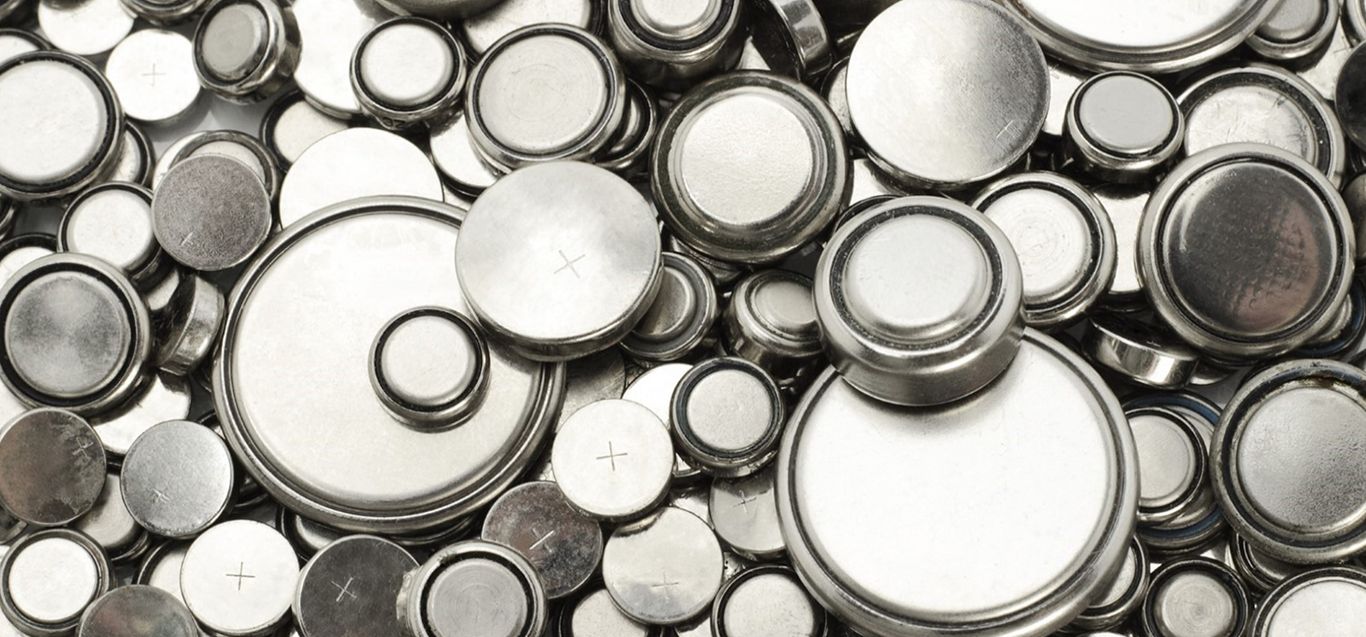
Button Battery Ingestion: A Hidden Danger Every Parent Needs to Know
Posted: May 13, 2025Childhood accidents occur daily, but few are as dangerous and fast-acting as button battery ingestions. Button batteries are small, round, shiny batteries found in everything from remote controls to musical greeting cards and even children’s toys. While they may appear harmless, if swallowed they can cause life-threatening injuries in just a matter of minutes to hours. The number of children swallowing button batteries is on the rise, and the American Academy of Pediatrics (AAP) estimates about 6,000 children visit the Emergency Room (ER) in the U.S. each year for swallowing a button battery.
Why Are Button Batteries So Dangerous?
When a child swallows a button battery, especially one that gets stuck in the throat, the battery creates a chemical reaction with saliva. This reaction can cause burns, damage important structures and even be fatal. Many parents don’t realize what’s happening until it’s too late. These injuries can begin in 30 minutes, with significant damage occurring within two hours.
When Should You Suspect a Button Battery Ingestion?
Following ingestion of a button battery, a child might have the following symptoms:
- Coughing and/or wheezing
- Drooling or unable to swallow
- Vomiting
- Refusal to eat or gagging when attempting to eat/drink
- Chest discomfort
However, many button battery ingestions are silent. If you witness your child swallow something metal and shiny and are not sure if it was a coin or a battery or if you find an empty battery compartment where your child had unrestricted access even if you did not witness the ingestion, this is an emergency.
What Should You Do if You Suspect Battery Ingestion?
Act fast. If you even suspect your child has swallowed a button battery, don’t wait. Head straight to the nearest ER. An X-ray can confirm the location of the battery and help determine if a procedure to remove the button battery is necessary
Give honey. NEVER make your child vomit as this may cause more damage or cause the battery to go into the lungs. If your child is 1 year or older and you have honey available, you may give small doses (two teaspoons every 10 minutes, up to six doses) while on the way to the ER. But this is not a treatment — it’s a bridge to emergency care. If you do not have honey, do not delay or stop at the store. Please proceed directly to your nearest ER.
Call for help. As always, if your child is having a medical emergency, your first call should be to 911. You can also contact the button battery ingestion hotline at 1-(800)-498-8666 if you want more information or guidance about button battery ingestions.
Prevention Is Key
Prevention starts at home. Here are a few quick tips:
- Be aware of what devices contain button batteries and what they look like.
- Keep battery-powered devices out of reach or securely locked.
- Check that battery compartments are screwed shut or taped closed.
- Store spare batteries in a locked container, not a junk drawer.
- Ask family members and caregivers to do the same.
A Safer Future: Reese’s Law
The good news? Change is happening. In 2022, Congress passed Reese’s Law, named after a toddler who sadly died after swallowing a button battery. This law requires safer packaging, warning labels and child-resistant compartments on products containing button batteries.
But laws only go so far — awareness is just as important.
Inspect battery-powered objects in your home, even those you least suspect. Check your children’s toys. Examine battery compartments. Lock up and keep button battery powered devices out of reach. Keep honey in your home. If you suspect a button battery ingestion, act fast and get your child to the emergency room. Swallowing a button battery is an emergency. Minutes matter, and your awareness could save your child’s life.



